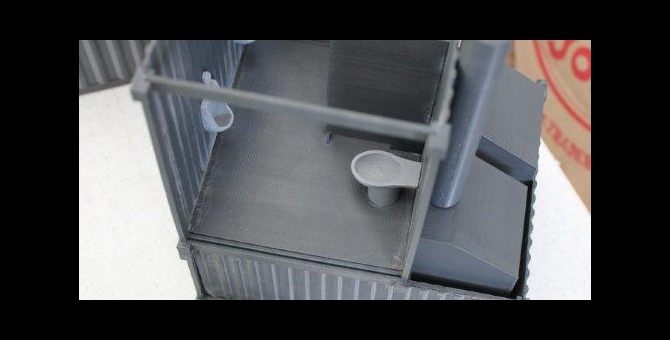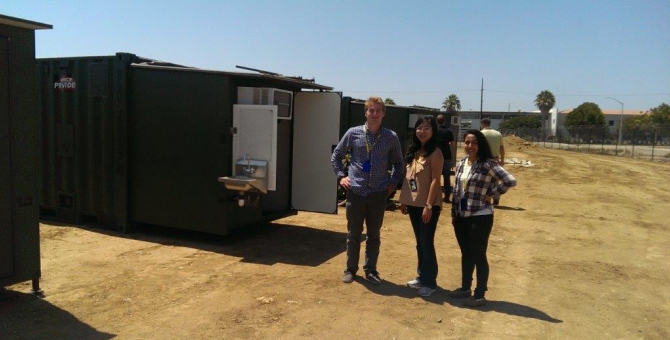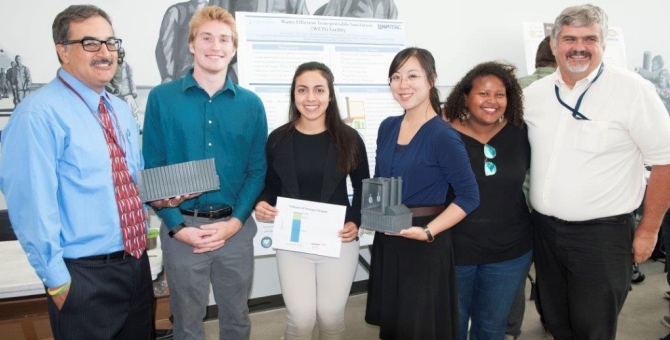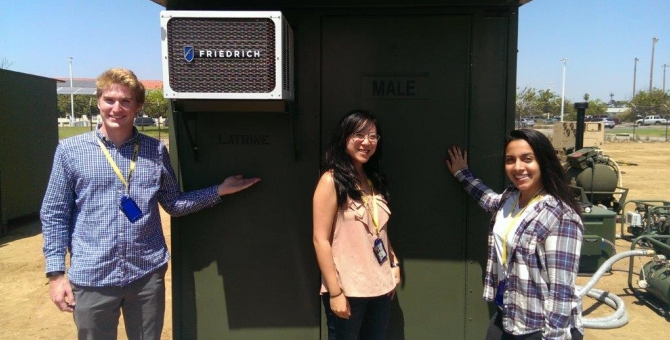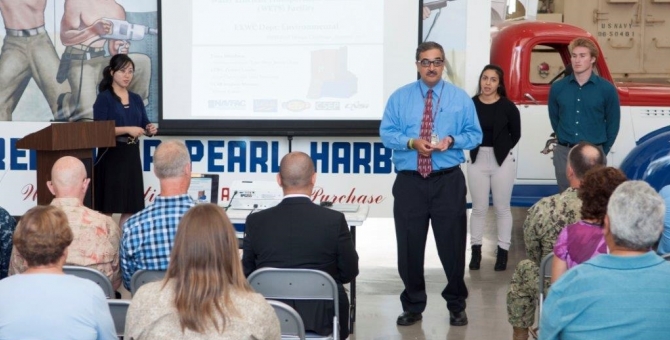Preliminary Design of a Waterless Decentralized Sanitation Facility for Rapid Deployment to Military Installations
Project Description
Sanitation facilities at Forward Operating Bases (FOBs) impose a significant logistical tail in terms of water supply and waste disposal. This adds complexity including additional convoys; in the Afghanistan Conflict an average of 1 in 30 water convoys resulted in casualties. We designed the Water Efficient Transportable Sanitation (WETS) Facility to provide a self-reliant and resilient bathroom. The laundry and shower areas in their own facility, separate from the latrine. Our focus was on designing the latrine system for Southeast Asian climate. We prioritized safety, low technology, minimal water usage, waste reduction, and ease of transportation. We researched types of shipping container structures, commercially available appliances, and existing water-saving systems for bathrooms. The proposed design is contained within two shipping containers that stack upon each other. The top container has waterless urinals and waterless urine-diverting toilets. The bottom container is where all waste treatment occurs. Liquid waste goes through three main stage processes to kill pathogens and prepare for discharge to a drain field: chemical storage time, biological treatment, and physical filtration. A solar composting system is used to treat the bio solids by killing off pathogens and reducing the volume. There is net zero energy usage. Ventilation and lighting are powered by PV panels. Our overall design is estimated to reduce sewage volume by 70% when compared to a WaterSense toilet. The military can lower the amount of convoy deliveries, costs, and casualties by replacing current FOB bathroom facilities with the WETS Facility.


